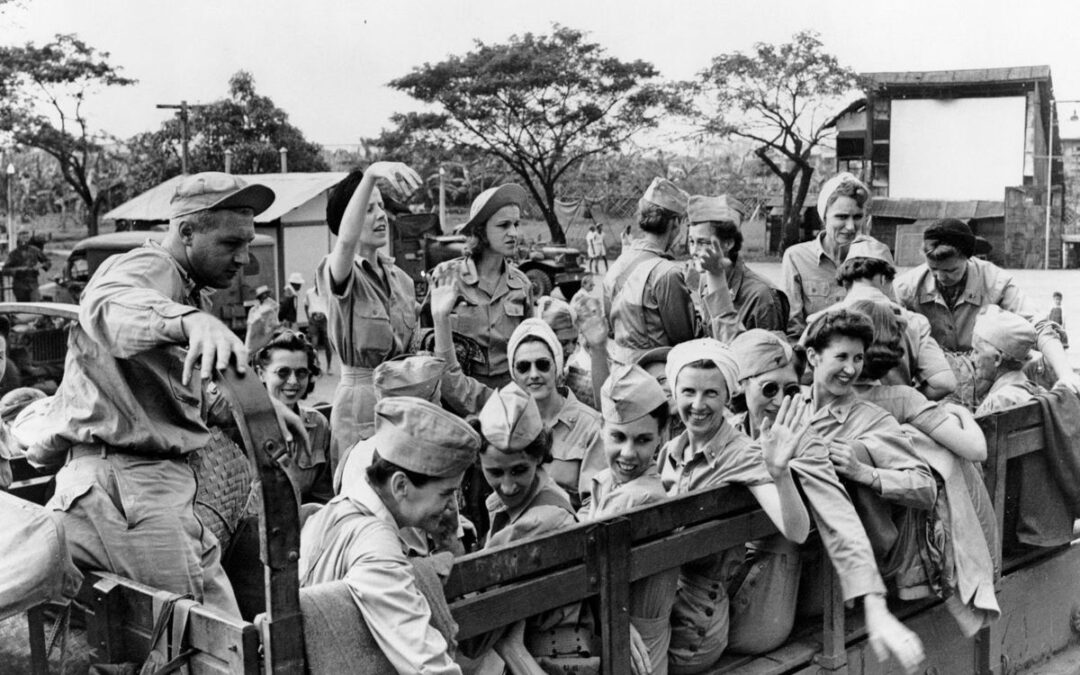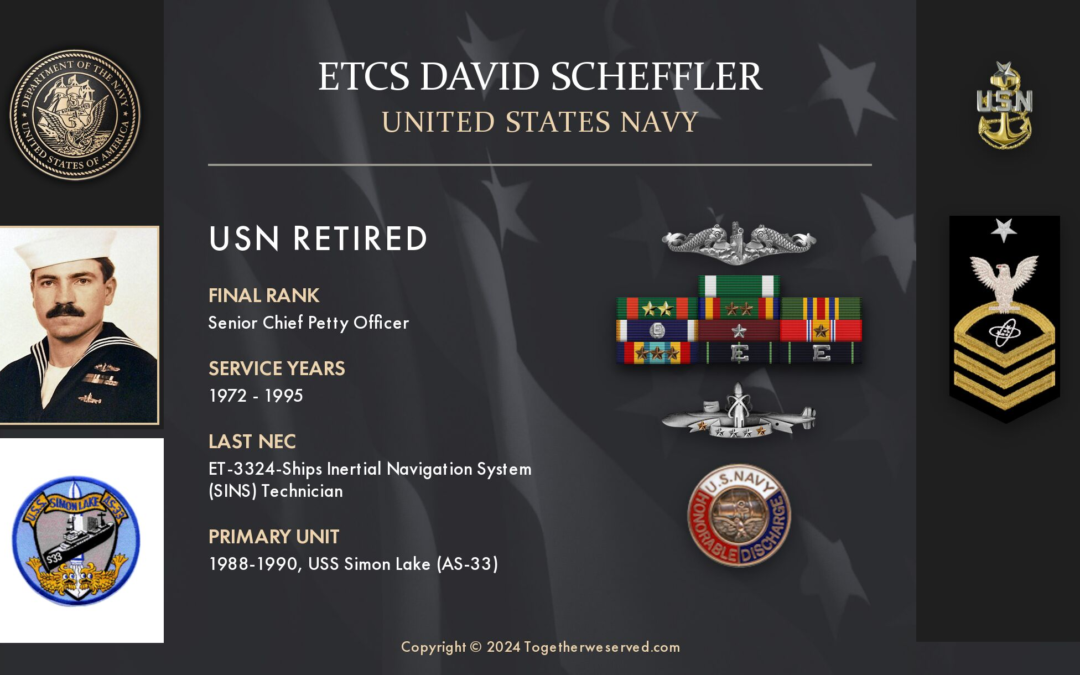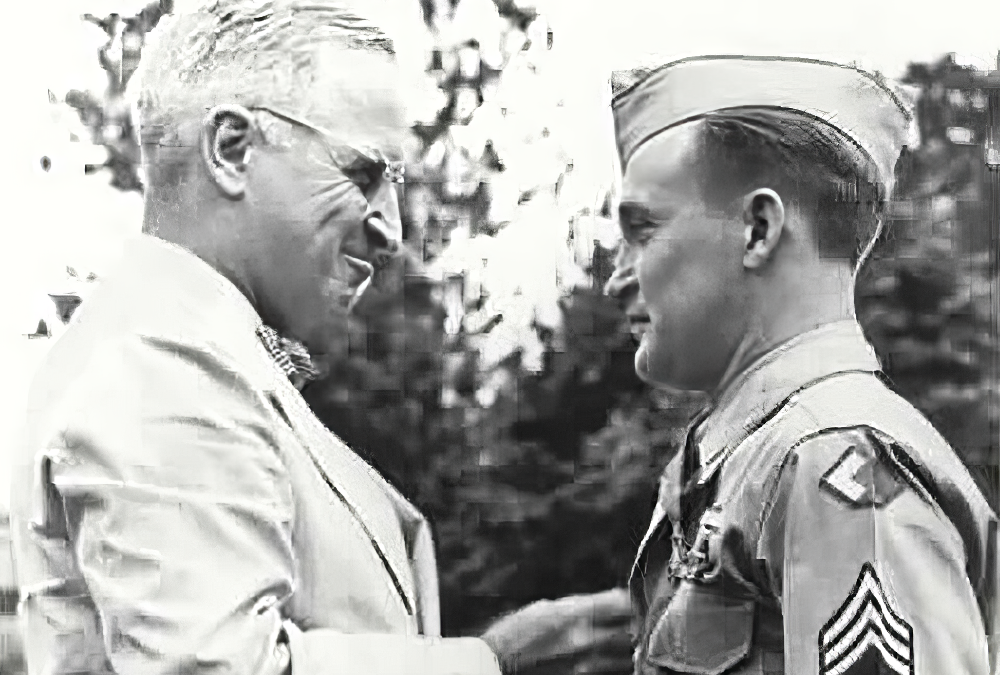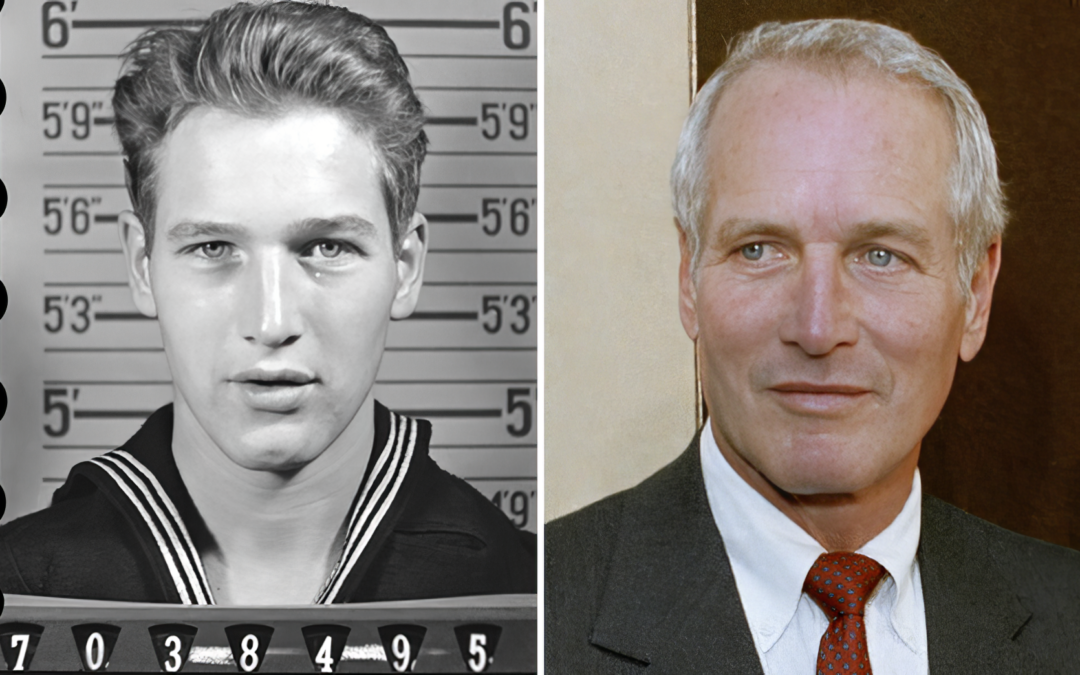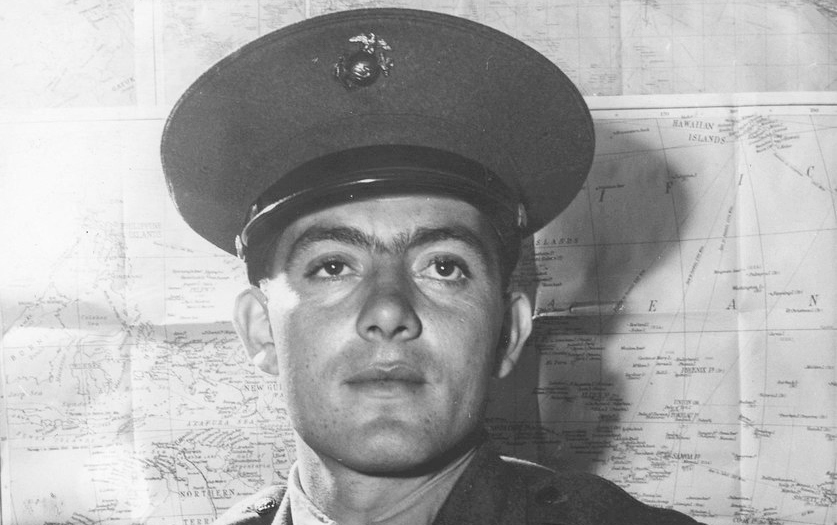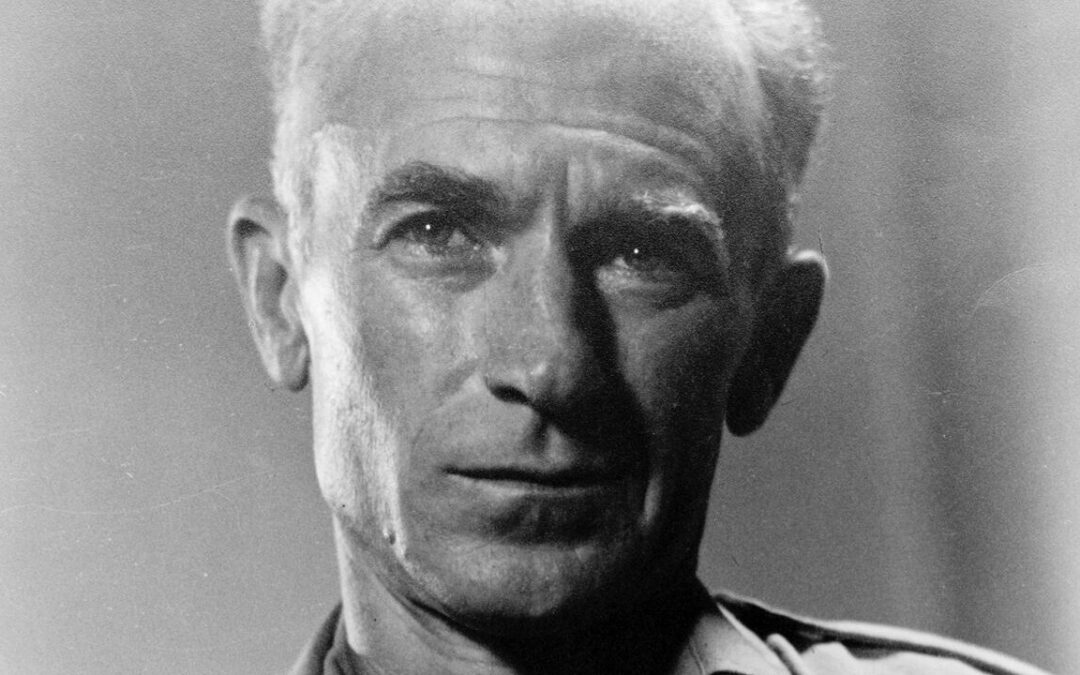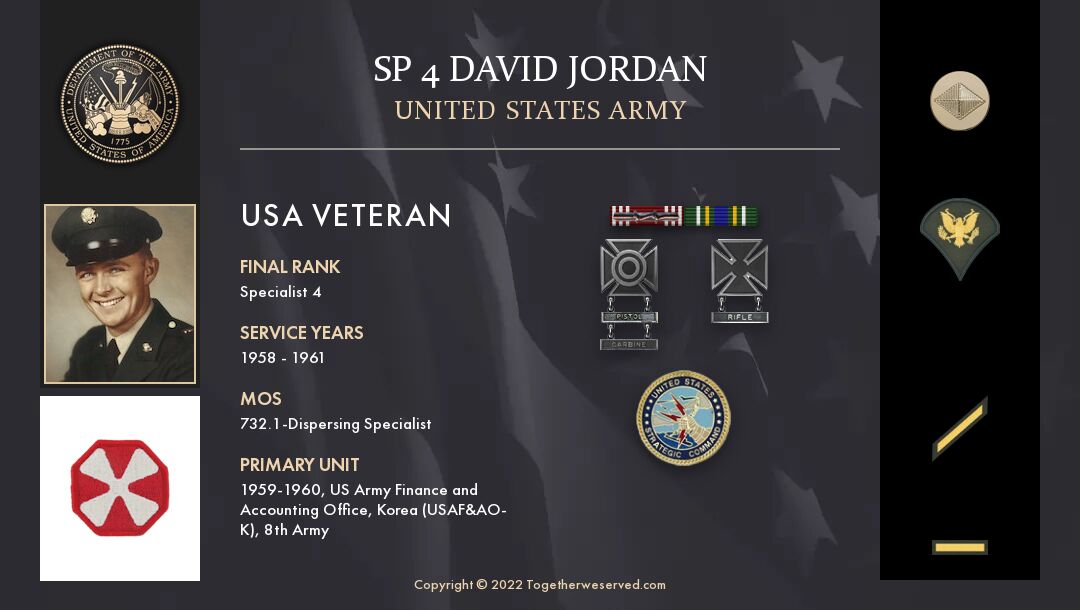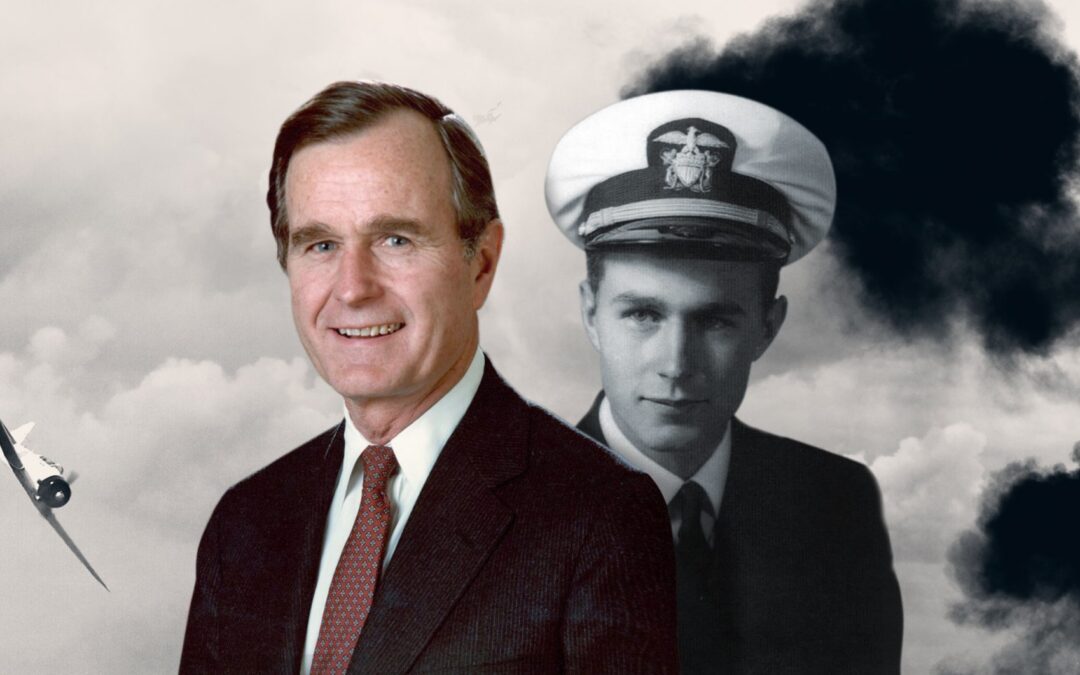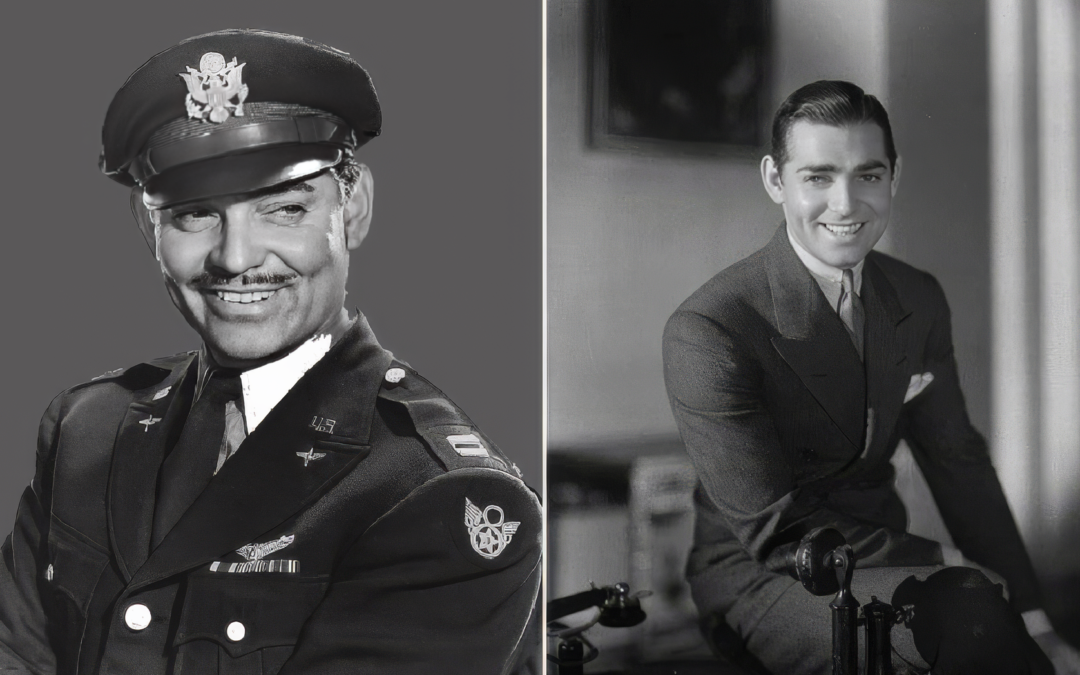When Americans woke up Sunday morning on December 7, 1941, they were stunned to learn Japanese naval aircraft had attacked Pearl Harbor. What they would soon find out that was only the beginning. Pearl Harbor was just one part of the Japanese plan for the day. Within hours, Japanese naval and ground forces attacked and invaded Wake Island, Guam, Malaya, Singapore, Honk Kong, Thailand and Burma. The Onset of War: The Angels of Bataan Face Their First Test Ten hours after the devastating...
